Introduction
Pregnancy brings with it countless physical changes, some more pleasant than others. One common yet often unexpected source of discomfort? Tailbone pain during pregnancy. The tailbone, or coccyx, sits at the base of your spine, and for many expectant moms, this tiny part of the skeleton can become a literal pain. From changing hormones to the added weight pressing on the lower back, there are several reasons tailbone pain might develop or worsen during pregnancy. But there’s good news—understanding the causes and knowing some practical tips can help manage this uncomfortable symptom and keep you moving comfortably through your pregnancy journey.
What is Tailbone Pain Pregnancy?
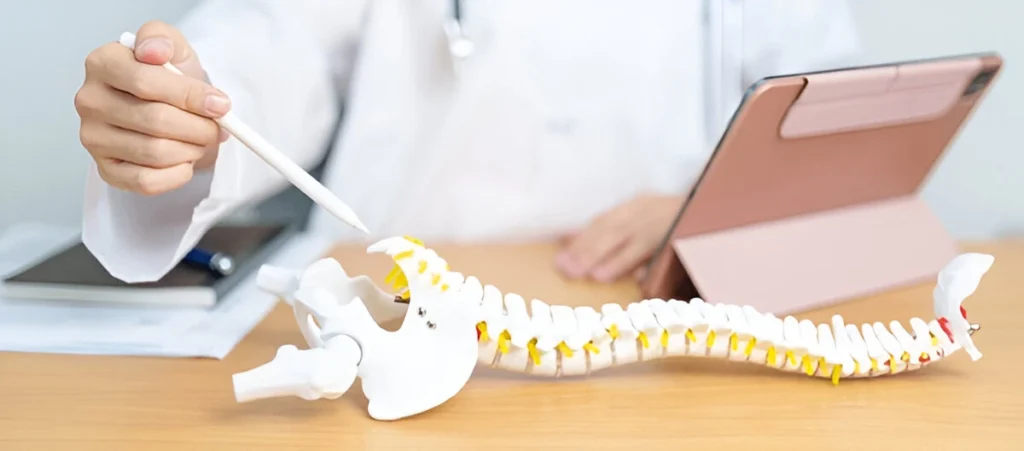
Tailbone pain, medically referred to as coccydynia, is a common complaint among pregnant women. The tailbone is a small bony structure located at the very bottom of the spine, and it plays an essential role in stabilizing the pelvis. However, as the body changes during pregnancy, this area can experience increased pressure, leading to discomfort and, in some cases, intense pain.
The pain typically occurs around the lower back, just above the buttocks, and can vary from a dull ache to a sharp, stabbing sensation. Tailbone pain during pregnancy is more than a minor annoyance—it can make it challenging to sit, walk, or even sleep comfortably. Understanding what causes this pain can be the first step to finding relief.
Why Does Tailbone Pain Occur During Pregnancy?
So, why do so many pregnant women experience tailbone pain? The primary culprits are hormonal changes and physical adjustments the body makes to accommodate the growing baby.
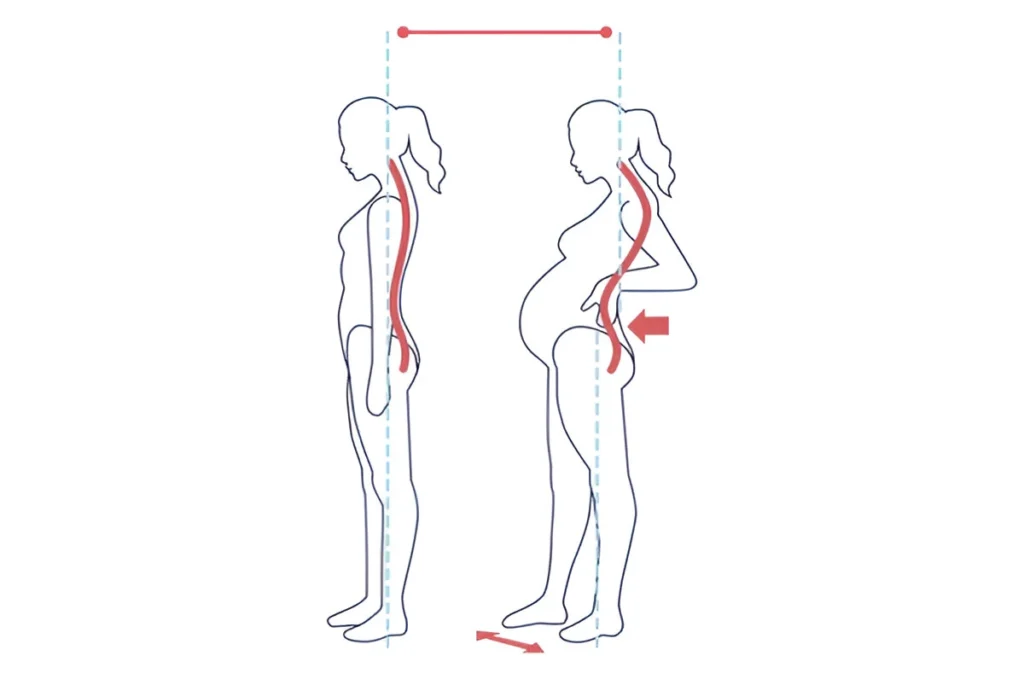
- Hormonal Changes: During pregnancy, your body releases a hormone called relaxin, which helps relax the ligaments and joints in the pelvis in preparation for childbirth. This process is vital for a smooth delivery, but it can also leave certain joints, including the tailbone, more vulnerable to pain and instability.
- Weight Distribution: As the baby grows, more weight is placed on the lower back and pelvic area. This extra weight can press on the tailbone, particularly when sitting, causing discomfort.
- Postural Changes: With a growing belly, your center of gravity shifts. This shift can strain the lower back and tailbone, further exacerbating pain.
Each of these factors alone might not cause severe discomfort, but combined, they can make tailbone pain a common issue in pregnancy.
When Does Tailbone Pain Start in Pregnancy?
Tailbone pain can start at any point during pregnancy, though it’s most common in the second and third trimesters when the baby’s weight gain becomes more noticeable. However, some women experience tailbone pain in the first trimester as their bodies begin to release relaxin and other pregnancy hormones.
In early pregnancy, tailbone pain might not be as intense but can still affect posture and comfort. As pregnancy progresses, the weight of the baby can increase the pressure on the tailbone, making this pain more persistent or intense.
Tailbone Pain Pregnancy First Trimester
Some women experience tailbone pain surprisingly early in pregnancy. This can be due to early hormonal changes, such as the release of relaxin. Although weight gain isn’t significant in the first trimester, even small changes in posture and joint flexibility can lead to discomfort. If you’re experiencing tailbone pain pregnancy first trimester, it’s often a good idea to start practicing safe and ergonomic posture habits right away.
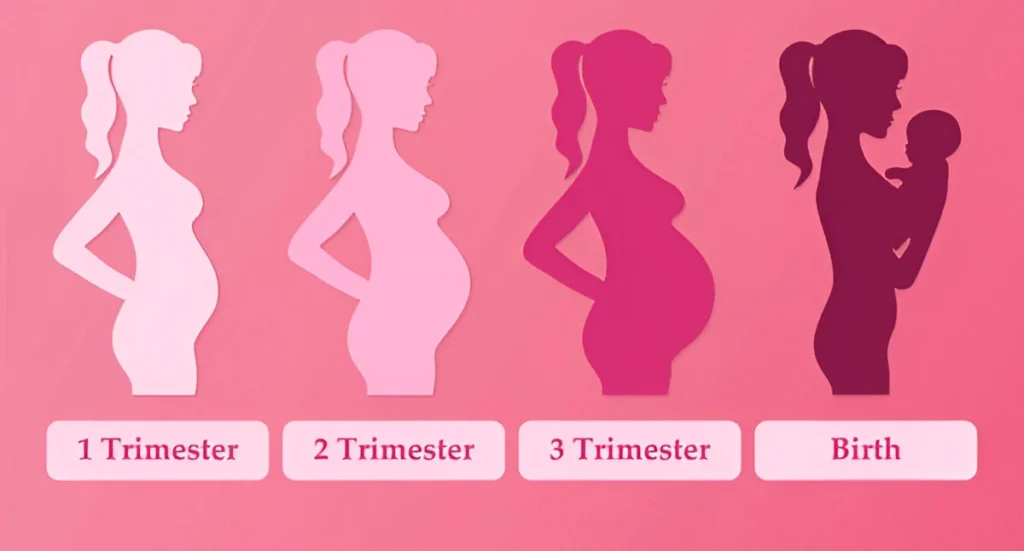
Tailbone Pain in the Second and Third Trimesters
During the second and third trimesters, tailbone pain tends to become more pronounced for many women. With the added baby weight and the body’s continuous release of relaxin, it’s no surprise that the pressure on the lower spine becomes more intense. Many women find that they need to adjust their routines or seek additional support from cushions or physical therapy to keep pain under control.
What Causes Pain at the Tailbone During Pregnancy?
The primary causes of pain at the tailbone during pregnancy are multifaceted. Here’s a closer look:
- Increased Pressure on the Spine: The growing uterus and baby place added pressure on the spine and tailbone, which can make sitting and standing for extended periods uncomfortable.
- Shifting Center of Gravity: With your center of gravity changing, the body must adjust, which can lead to poor posture and strain on the lower back and tailbone.
- Softening of Pelvic Joints: Relaxin softens pelvic joints, making them more flexible but also less stable.
Understanding these causes can help you manage or avoid worsening symptoms.
Symptoms of Tailbone Pain During Pregnancy
Identifying symptoms can be helpful in managing tailbone pain early on. Typical symptoms include:
- Pain localized at the base of the spine: This pain might feel sharp or dull, depending on how you move or sit.
- Discomfort while sitting: Especially on hard surfaces, tailbone pain can make it challenging to sit for long periods.
- Pain that radiates: Some women feel tailbone pain radiate into their lower back or legs.
How Does Tailbone Pain Differ From Lower Back Pain?
Tailbone pain is distinct from regular lower back pain. It’s generally felt lower, closer to the buttocks, and it can be more directly impacted by sitting positions. Lower back pain is usually more generalized across the lumbar spine, while tailbone pain is focused at the end of the spine.
Diagnosing Tailbone Pain During Pregnancy
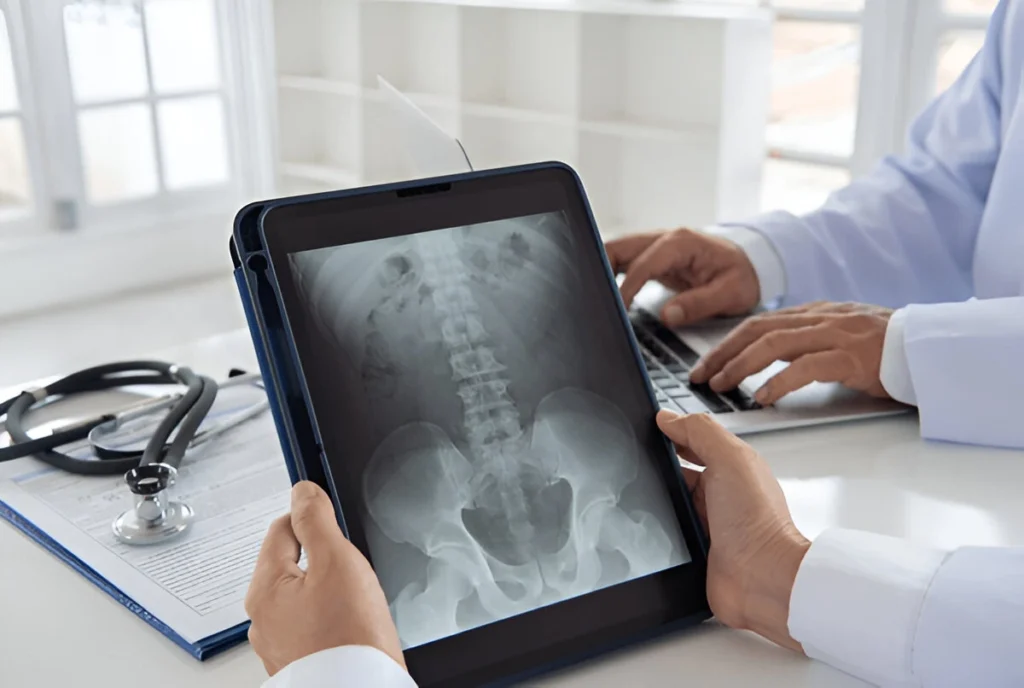
If tailbone pain becomes intense, it’s essential to consult a healthcare provider. They may ask questions about your pain and perform a physical exam. For severe cases, your doctor might suggest imaging tests like X-rays, though these are typically avoided during pregnancy unless absolutely necessary.
Tailbone Pain After Pregnancy
Unfortunately, tailbone pain after pregnancy can persist for some women. The physical trauma and changes in posture during pregnancy can lead to lingering discomfort even after delivery. For new moms, focusing on core-strengthening exercises and maintaining good posture while breastfeeding or holding the baby can help reduce pain over time.
Tips for Managing Tailbone Pain Pregnancy
Here are some practical tips for managing tailbone pain:
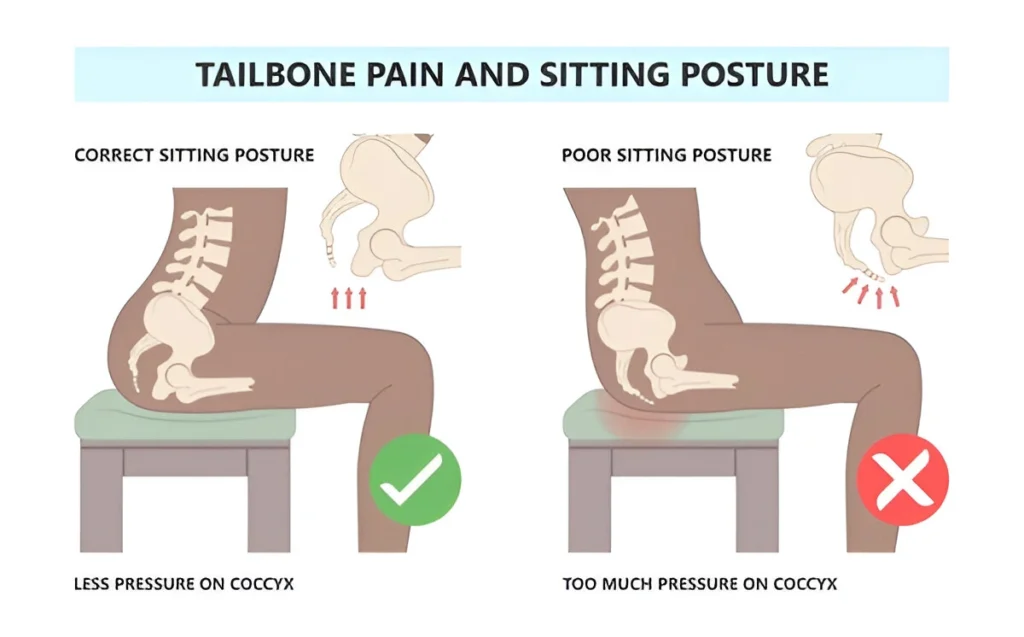
- Use a Tailbone Cushion: Cushions with a U-shape cutout can help relieve pressure on the tailbone while sitting.
- Try Heat and Ice: Alternating between heat and cold packs can help reduce inflammation.
- Practice Good Posture: Make sure you’re not slouching, and try to keep your back straight to reduce tailbone strain.
Best Sitting Positions to Relieve Tailbone Pain
Finding a comfortable sitting position can make a big difference. Here are some ideas:
- Use a supportive chair with good back support.
- Sit on a soft surface or with a tailbone cushion.
- Avoid crossing your legs when sitting to keep pressure off the spine.
Tailbone Pain Exercises
Gentle exercises can alleviate tailbone pain by strengthening the core and stabilizing the pelvis. Tailbone pain exercises may include:
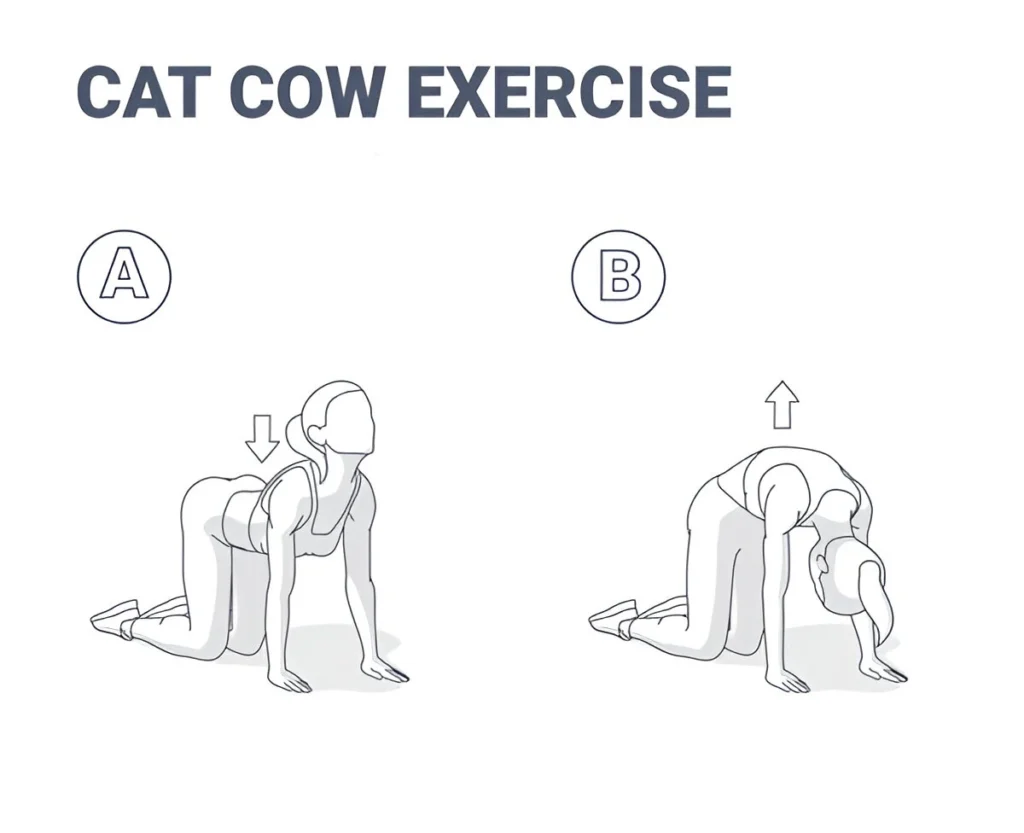
- Cat-Cow Stretch: This yoga stretch helps relieve tension along the spine.
- Pelvic Tilts: These strengthen the core and ease pressure on the tailbone.
- Prenatal Yoga: Many yoga poses are specifically designed to reduce lower back and tailbone pain pregnancy.
Practicing these exercises daily can help keep tailbone pain manageable.
Tailbone Pain and Sleep: Finding Comfort at Night
Sleeping comfortably with tailbone pain can be challenging. Try sleeping on your side with a pillow between your knees. This helps align the spine and reduces pressure on the tailbone. Maternity pillows can also provide additional support.
FAQs About Tailbone Pain Pregnancy
- When does pregnancy pain in coccyx start?
- It can start as early as the first trimester due to hormonal changes, though it’s more common in the second and third trimesters.
- Is tailbone pain during pregnancy normal?
- Yes, it’s fairly common and usually due to the combination of hormonal changes and added weight on the lower back.
- Can pregnancy pain in coccyx persist after pregnancy?
- Yes, some women experience tailbone pain after pregnancy due to lingering joint instability and postpartum posture changes.
- What are the best exercises for tailbone pain?
- Gentle stretches like pelvic tilts, cat-cow stretches, and prenatal yoga can help manage and reduce tailbone pain.
- Is sitting on a hard surface bad for tailbone pain?
- Yes, hard surfaces can increase pressure on the tailbone. A tailbone cushion or soft surface is better.
- How can I relieve pregnancy pain in coccyx naturally?
- Try hot or cold packs, good posture, and stretching exercises. Some women find relief with prenatal massage or physical therapy.
Conclusion
Tailbone pain pregnancy is a common but manageable symptom. By understanding its causes and knowing practical ways to relieve discomfort, you can make your pregnancy journey a little more comfortable. Remember to speak with your healthcare provider about your symptoms to find the best approach for you, and don’t hesitate to try supportive cushions, gentle exercises, and good posture to ease the pregnancy pain in coccyx.
